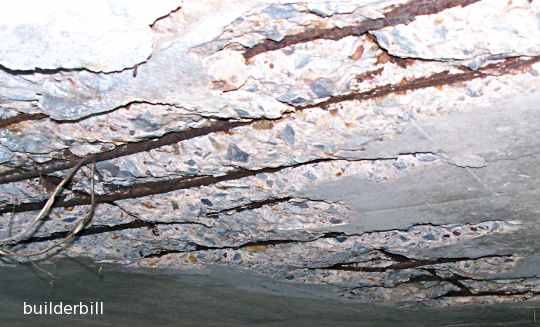 |
|||||
Graphical Construction Glossary >> Concrete and Concreting. >> >> Concrete Cover
In the detailing of any reinforced concrete job the structural engineer will state (or refer to published standards) the amount of cover that he requires for the rebar. An adequate amount of cover is required for a number of reasons.
Concrete CancerThe three main causes of this problem are poor concrete, poor concrete and poor concrete. Closely followed by not enough concrete cover. Poor concrete can have any number of causes and any combination of a few of them.
If you didn't find exactly what you are looking for try this search tool that will search the site and the web. "What can be added to the happiness of a man who is in health, out of debt, and has a clear conscience? "When we build, let us think that we build for ever."John Ruskin 1819-1900 |
Hire Equipment  Furniture Fittings - Architectural Hardware - Electronic Locking Systems - Technical Hardware BuilderBill sponsorship Glossary Pages.Roof Glossary and Roofing Formwork Glossary and other tempory work. Hand Tools Glossary Power Tools Glossary Asbestos Glossary Woodwork Glossary Stair Glossary Concrete Glossary Masonry Glossary doors Glossary BuilderBill Books Building Maths  Stair Design  Asbestos Book |
||||
|
|
|||||
|
Please Note! The information on this site is offered as a guide only! When we are talking about areas where building regulations or safety regulations could exist,the information here could be wrong for your area. It could be out of date! Regulations breed faster than rabbits! You must check your own local conditions. Copyright © Bill Bradley 2007-2012. All rights reserved. |
|||||
